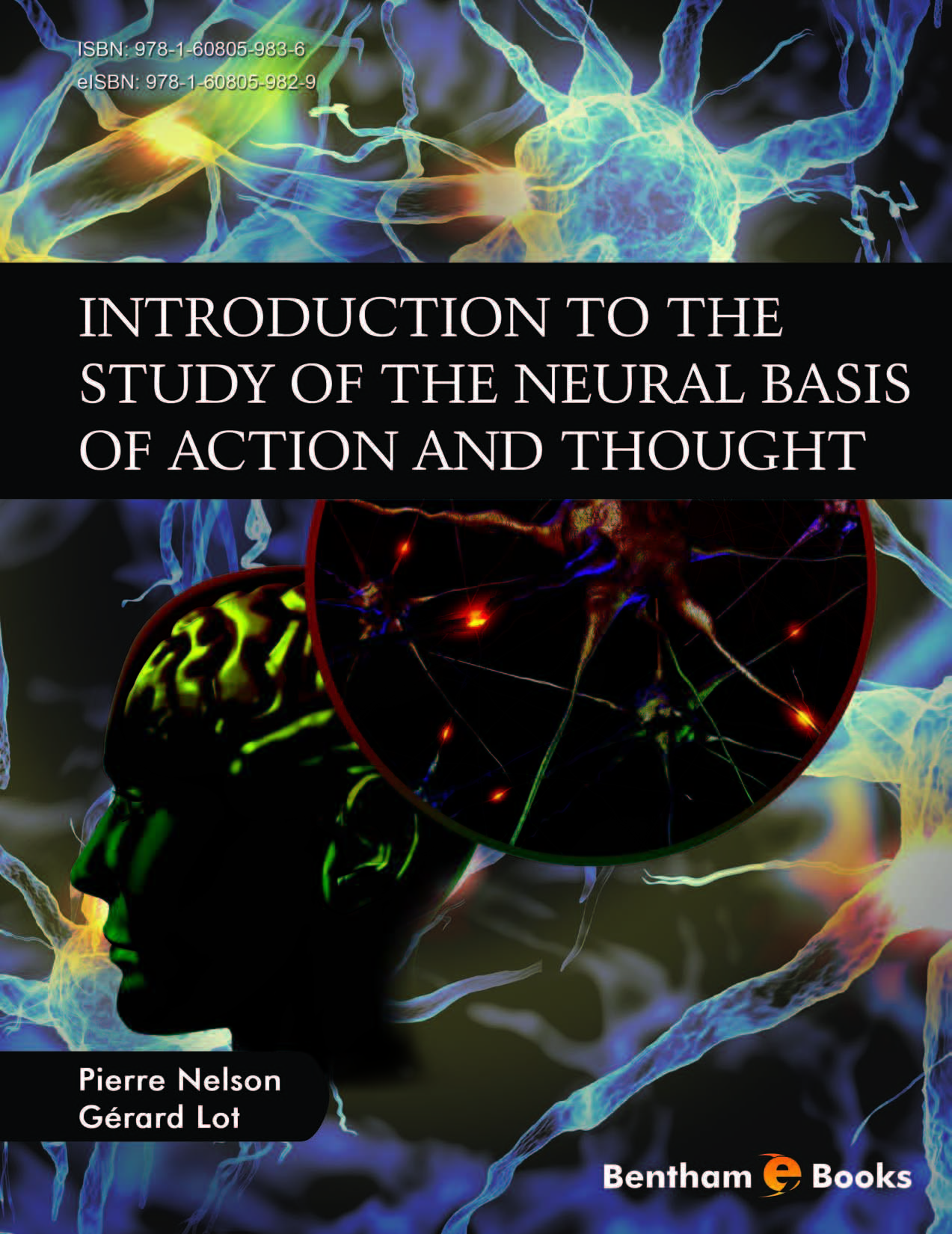Our purpose is to describe how the activity of physiological neurons (and not schematic ones) generates behaviors and thoughts of animals and men. We own a huge number of experimental results (the number of notable recent papers is nearer of 105 than of 104).
Systems such as the brain or the sun are so complicated that we need a hierarchy of models to study them at several description levels. A model is a quantitative (mathematical) description summing up a large number of experimental observations. It establishes relations between observable parameters. Quantitative modeling is the convenient tool for a bottom-up approach. Nervous system can be looked at from very different points of view: nature of the specific molecules, electric phenomena, anatomy, circuitry, behavior, psychology. For each of these levels, we own a huge number of scattered experimental results. We intend to start from the lower level, then to proceed to its accurate study, and finally to extract from this description some results simple enough to allow the study of a higher level.
The nervous system of any animal links input sensorial cells (or sensors) to output cells (muscles and glands). A network of excitable cells, the neurons, carries out the connection.
From the most primitive animals to the man, we do not perceive any significant evolution in the basic component: the neuron. The increase in the sophistication of the nervous systems is due to an increase in the number of neurons and not in an improvement of the performance characteristics of the neuron itself. Some sea anemones count only one neuron that simultaneously acts as a sensor and as a motoneuron: when directly excited, it orders tentacles closure. Instead the nervous system of human being is build around some 1011 neurons, half of them devoted to basic functions such as sensation and motorization, the others to more elaborate functions such as memorizing, speaking and thinking. Starting from the general properties of the nervous components, we will go gradually towards the observable behavioral of various animals from the simplest ones to the man.
Analogies with Computers:
The neuron is not a chip, the brain is neither a computer nor a cellular automat or an artificial neuronal network, but both brain and computers are messages processing devices. Some similar laws, many of them discovered by engineers (for instance the part of noise or the difference between quick and slow memories) rule them. Thus, analogies can be useful.
A Text Written to be Easy to Read:
Although using many theoretical and computational results, this text, divided in 5 chapters, can be read without any mathematical background: the main text contains only a qualitative description of the main assumptions and the main results. Quantitative results and descriptions of the used theoretical methods are given in appendices at the end of each Section. We advise the reader to look first only at the main text, then to the quantitative results of some appendices and only then to the complete demonstration (in italics) of the most difficult questions.
To gather an exhaustive bibliography would be an impossible task. Thus, only some very important or seldom read papers are referenced in this text.
A Study Without Any Philosophical Involvement:
We assume that the brain is made of molecules (and this is the contrary of spiritualism), but that its working requires a marvelously structured architecture (and this is the contrary of brute materialism or of reductionism). We pretend that the basic circuitry is the conditional link (and this is close to behaviorism) but that the drives, the rewards, the wirings are, in most cases, very different from those encountered in the simplest pavlovian reflex (and this is the contrary of behaviorism). To sum up, we believe that the neuro-physiological phenomena are far too complex to be confined in black or white doctrinal concepts.
ACKNOWLEDGEMENTS
The authors are deeply grateful to Dr. Françoise Valentini who undertook the exhausting task to correct the presentation of this text and to Dr. Humaira Hashmi and Hira Aftab who patiently advised them.
CONFLICT OF INTEREST
The author confirms that this eBook contents have no conflict of interest.
Pierre Nelson and Gérard Lot
40-46, rue de la Renardière
93100-Montreuil
France

